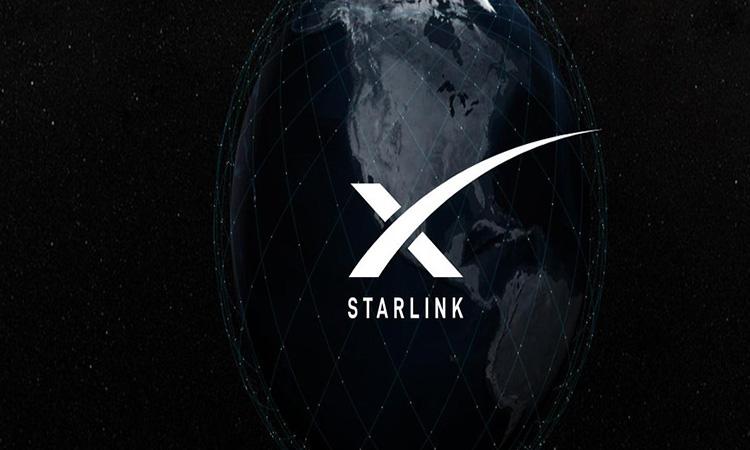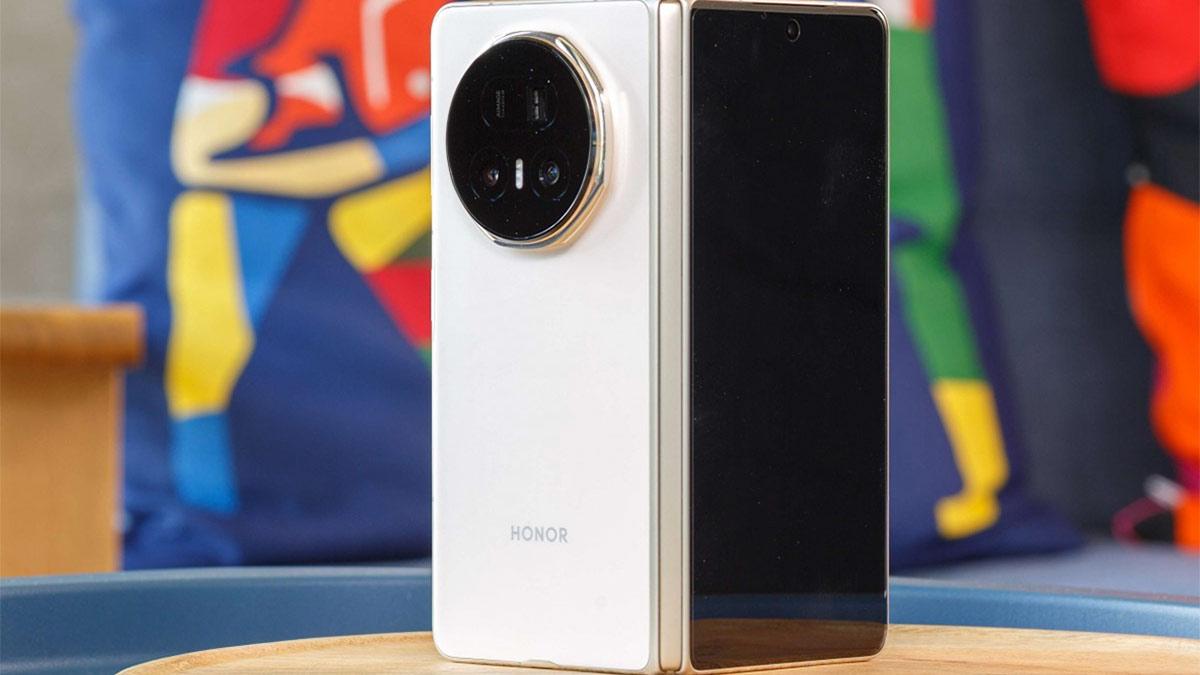The Starlink constellation is, by far, the largest in history, with almost 3,000 satellites in orbit, and offers enormous potential for worldwide connection.
Recent research asserts that its signals might be processed and utilised to replace conventional GPS, with or without SpaceX's approval.
While there is only so much Todd Humphreys and his colleagues at the University of Texas at Austin can learn about the "signal structure" of the Starlink downlink without having access to inside information from the corporation itself, they did uncover a lot of important information, reports TechCrunch.
Satellites must pass their signal down to the ground at some point, and in Starlink's case, it is pretty much a constant stream. That does not mean anyone can tap in, though the signal itself is structured and encoded in a proprietary way that, presumably, SpaceX has decided best for the kind of orbital broadband it's providing, the report said.
Also read | SpaceX is all set for its 30th Starlink launch of 2022
The exact parameters of this signal are not known, but to make sure packets are arriving in order and intact, the transmission -- like any data transmission these days -- includes very precise timing data and other telemetry so the receiver and sender can stay in sync. By carefully analysing an incoming signal from a single satellite and combining that data with what is known about the satellite's exact position, the time down to the nanosecond, and so on, Humphreys was able to decode the transmission to a certain extent.
They document their results in a paper, currently awaiting peer review and publishing.
A side effect of having precise telemetry coming from a few satellites (in addition to other measurements like Doppler radar) is that users can use it to work out their exact location, and the paper describes how this might be done.


















